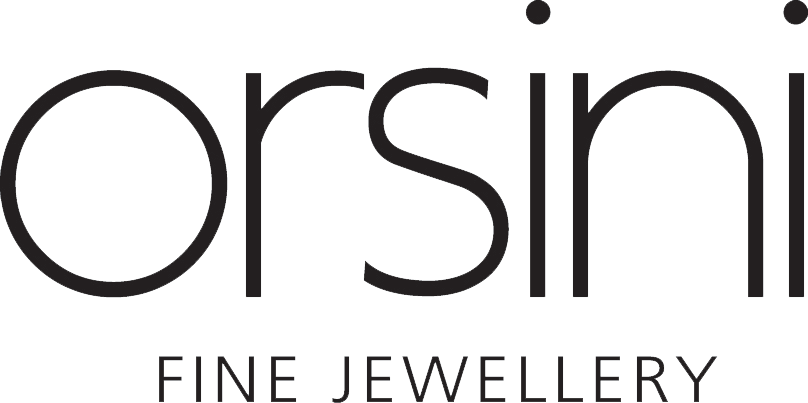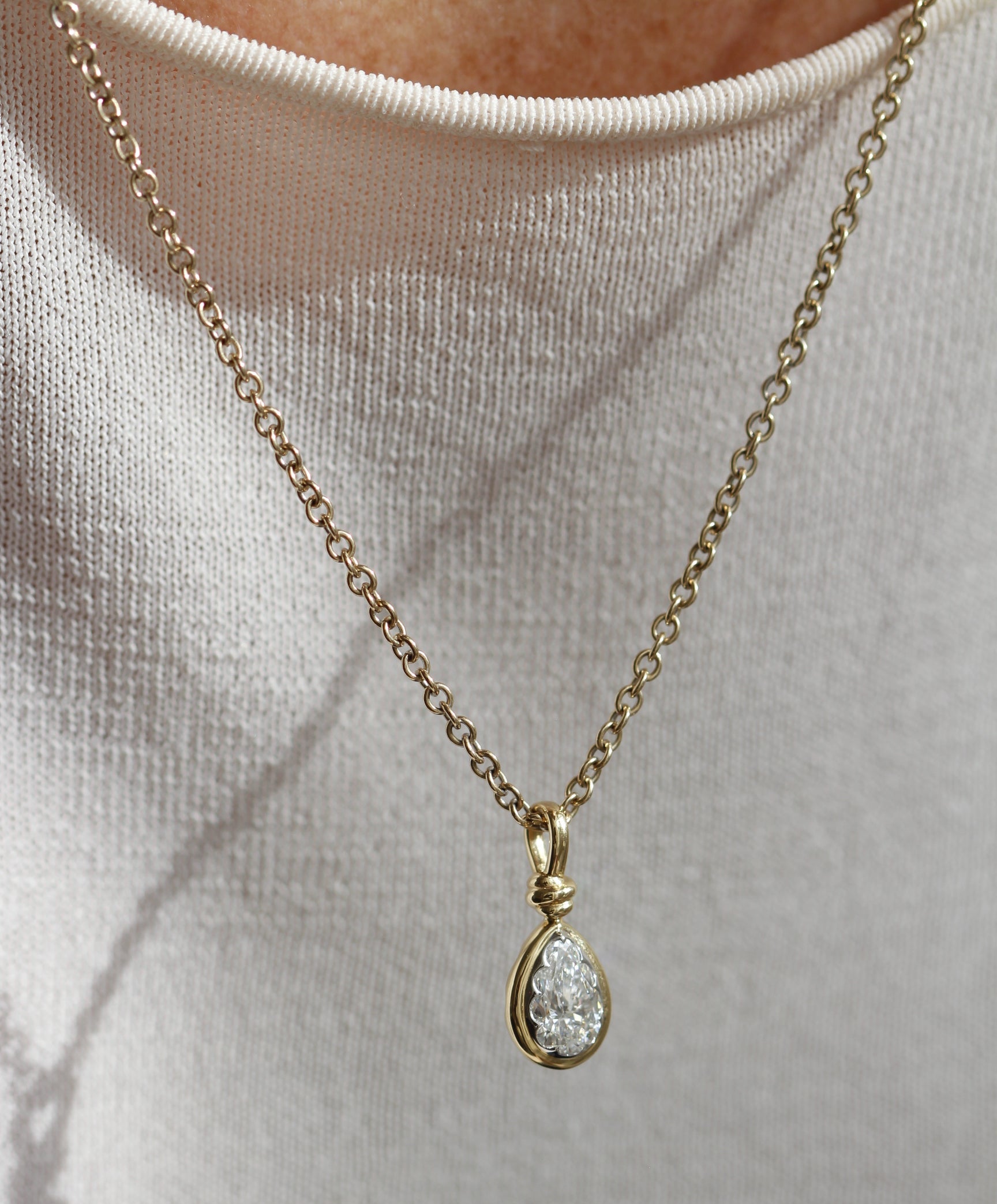
Alternative Stones For Engagement Rings
Does an engagement ring stone have to be a diamond?
So you’ve finally found The One – congratulations! - and you’re ready to ask them to marry you. Whether you shop for an engagement ring pre- or post-proposal, it’s one of the most important steps in the equation, as well as one of the most daunting. There are so many engagement ring choices, styles, and prices to consider that it’s hard to know where to begin your search, and many wonder – does an engagement ring need to have a diamond?
As recently as the early 1900s, diamonds were considered as just one option amongst many for an engagement ring. Then, when a mass marketing campaign by the famed De Beers company in 1947 featured the tagline “A Diamond Is Forever”, the stone skyrocketed to its place at the top of the list when it comes to an engagement ring gemstone.
But over the last few decades, couples have started considering the plethora of other gemstones that have often been worn as engagement rings. These non-diamond engagement rings are a beautiful way to symbolise your love, so read on for some of the top considerations to think about when choosing your non-diamond engagement ring.
What Is The History Of The Engagement Ring?
Over centuries, engagement rings have gone through many trends and changes in style, but always with a focus on love.
Ancient Egyptians would present their intended with a ring that they would wear on their fourth finger, which was said to connect the vena amoris or “vein of love” to the human heart. The Greeks and wore rings commonly made from leather, ivory, or bone, then thanks to the Romans, gold and silver wedding rings came to be. However, they were typically worn by upper-class and wealthy people, and what is known as the Fede style engagement ring became popular.
By the Middle Ages, people were adding gemstones to engagement rings - usually sapphires, diamonds, or rubies - before the Victorians made statement-making ornamental engagement rings de rigueur for those in love. These rings, known as “posey rings,” mixed diamonds with other gemstones and were often in the shape of flowers.
Then, along came the diamond trend courtesy of the aforementioned campaign in 1947 by DeBeers, and it’s popularity soared as a result.
How Do I Start Looking For An Engagement Ring?
Before you buy, you need to determine your engagement ring budget and set a ballpark figure of what you can afford. The right engagement ring for you is the one that is right for your lifestyle, and remember there is still a wedding to pay for once you have set the date. Do you have your heart set on a ring that might be outside of your budget? Take the time to break down where you may be able to compromise and afford the ring. Often, this means choosing an alternative stone – or stones – to the traditional diamond, or perhaps you’re been planning on something different all along.
How do I pick a gemstone for my engagement ring?
The great variety that non-diamond gemstones offer means that you are spoiled for choice when it comes to picking the perfect stone – or stones – for your dream engagement ring.
Birthstones are a fantastic way to honour and symbolise a devoted relationship, and it doesn’t just have to be the birthstone for the month your partner was actually born. It could be either member of the couple’s birthstone, or the birthstone of the month in which you met, or maybe even the birthstone for the month in which you’ll get married. Traditional and modern birthstone charts sometimes offer multiple choices for each month too, giving even greater variety.
Family heirlooms and favourite jewellery pieces may be another source of inspiration. Did you or your partner grow up coveting an older relative’s sapphire necklace or pearl earrings? Or perhaps a ring design that you once saw in an antique shop has long captured your heart? Those are two great places to start when thinking about your own non-diamond engagement ring. You may even have a piece passed down through generations that may not be your personal style, but its stones can be reconfigured by a jeweller to create your dream ring.
What type of stone is the most durable?
Durability is hugely important when choosing a stone for an engagement ring. As a piece of jewellery likely to be worn daily and expected to last a lifetime, the strength of the centre stone is critical. All gemstones are measured for their strength according to the Mohs Hardness Scale, with diamonds sitting at the top as the hardest with a measurement of 10.
Sapphires and rubies follow close behind diamonds with a rating of 9. From there, emeralds and aquamarines rate at a 7.5-8 in hardness, and another popular choice for non-diamond engagement rings, a pearl, rates at 2.5-4.5. As the number gets lower on the scale, the stone is referred to as being softer. That means it can be more prone to scratches, chips, and breaking.
Where Do I Get An Engagement Ring Made?
At Orsini we love the process of helping our clients to create the perfect engagement ring for their style and budget, and the process of building and shaping an idea, then turning that idea into a true masterpiece, is one that we relish at every step.
If you have an idea in mind for an engagement ring for your partner and don’t know where to start, we’d love to meet with you and give you an insight into our process and how it can work for you. The Orsini team consists of unabashedly creative and talented jewellery designers, premium diamond graders, gemmologists and master goldsmiths, all trained to create unique pieces of jewellery through every stage of the process, with great precision and finish. We are proud of our creations and team work, and we would love to work together with you to make your dream a reality.
Feel free to contact us at any time, or visit us instore at our elegant Parnell atelier, where we invite you to relax while we discuss the seemingly endless possibilities for your bespoke design.










